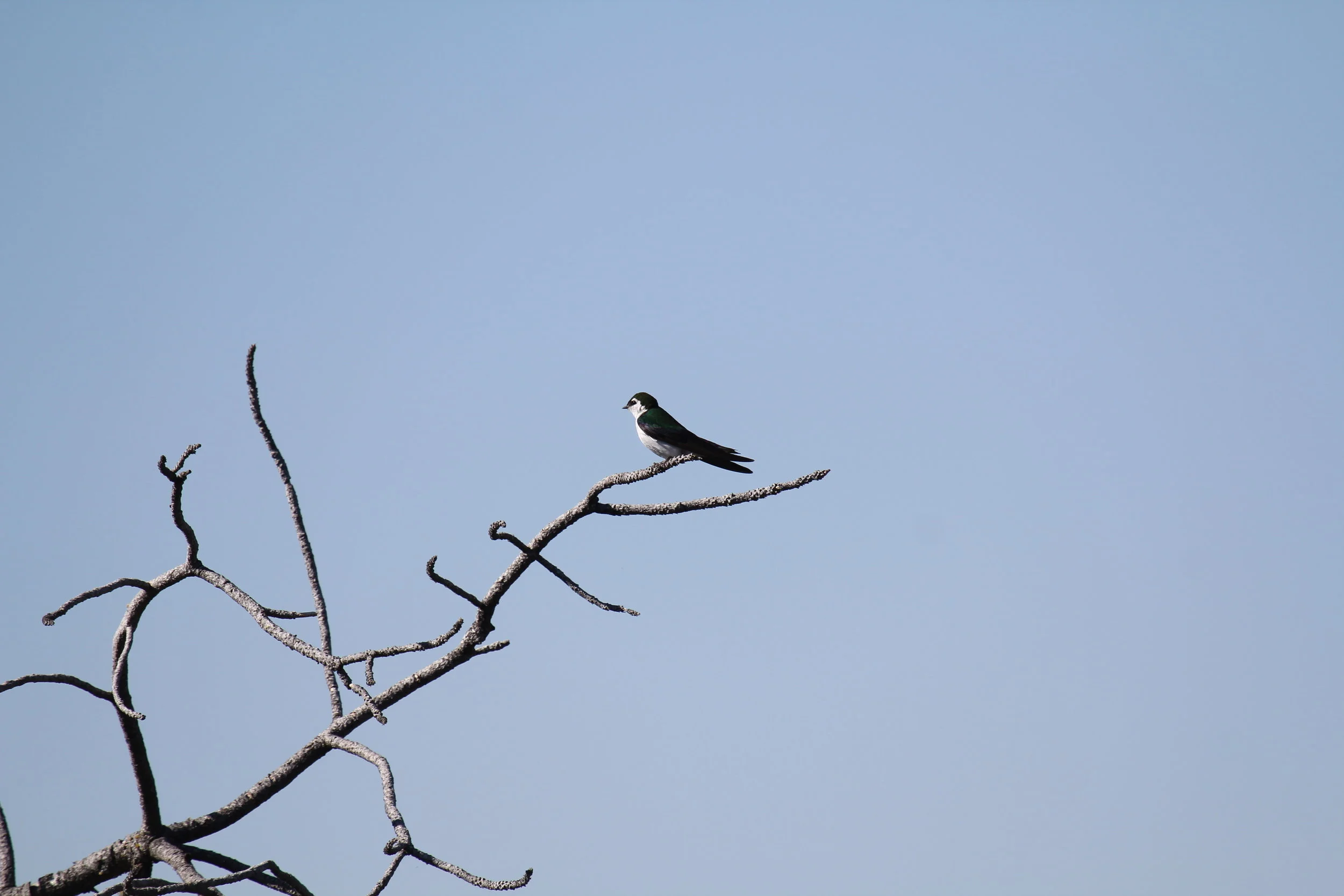Historical ecology of the Los Angeles Basin
Los Angeles, California is a megacity that has experienced a meteoric rise in population and global stature since the early 1900s. The idea of L.A. conjures images of palm trees, beaches, and year-round beautiful weather. Few, however, appreciate the unique biodiversity of the region. Along with a large team of collaborators from institutions across the L.A. area, we are working to quantify the historical ecology of the region.
‘Downtown’ Los Angeles, circa 1890 (Huntington Library). The unchannelized Los Angeles River is on the eastern flanks (upper portion of the photo) of the city.
The development of a megacity and biodiversity
During the 20th century, Los Angeles (L.A.) underwent one of the most radical transformations of any city on the globe. From oilfields and dusty agricultural lands, Los Angeles boomed in the early 1900s, especially after the influx of water from the Owens Valley in 1913. The development of L.A. has led to one of the most widely recognized and influential cities on the planet. On the other hand, the development, sprawl, and densification of the city have adversely affected the region’s biodiversity.
We are interested in piecing together the historical ecology of the region. In particular, we would like to know what was here and what has been lost - with an eye toward understanding components of the region’s biodiversity (we’re mainly focused on birds and their habitat) that have been most heavily affected. To accomplish our work, we are collaborating with partners from USC, UCLA, Cal State Northridge (CSUN), Cal State Long Beach (CSULB), and indigenous leaders from the region. Further, we are collaborating with the Western Foundation of Vertebrate Zoology, which holds an unprecedented egg and nest dataset of the L.A. region. Many of the specimens were collected before intense development. Few, if any cities have such a complete biodiversity record pre- and post-development.
Eggs from the Western Foundation of Vertebrate Zoology. We are using specimens from the Foundation for our before-and-after analyses of avifaunal change related to the development of L.A.


